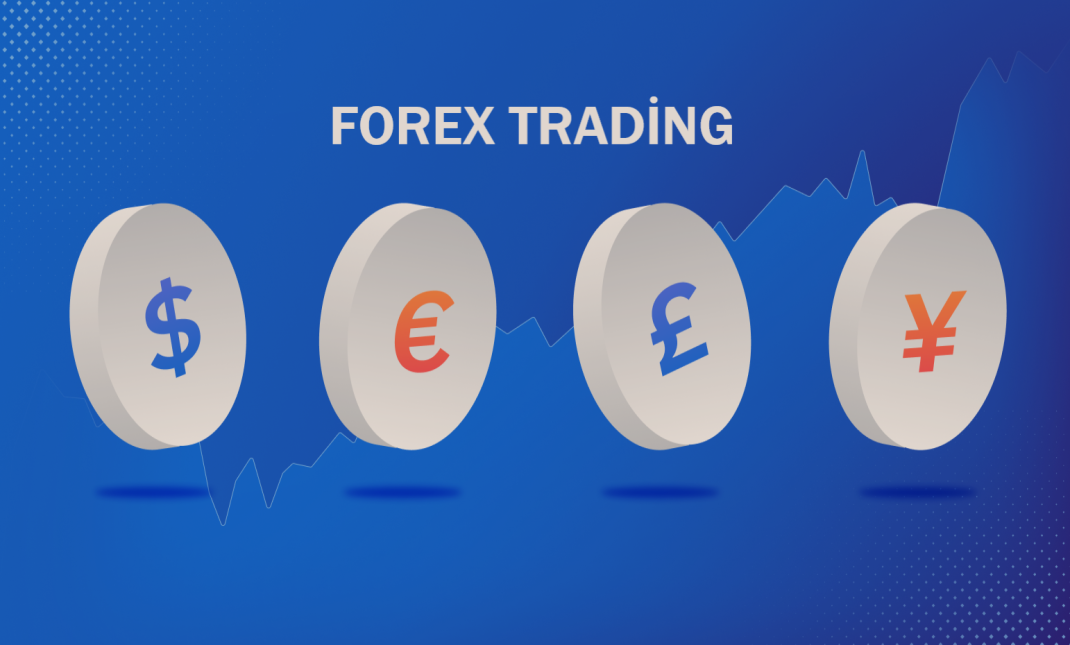High frequency trading (HFT) is a type of algorithmic trading that uses powerful computers and complex algorithms to execute trades at extremely high speeds. HFT firms often use advanced technologies such as co-location, microwave towers, and fiber optic cables to gain an edge in the market.
Contents
Here are some common HFT techniques used by traders
Statistical Arbitrage: Statistical arbitrage is a strategy that involves exploiting market inefficiencies using statistical models. HFT firms use algorithms to identify patterns and relationships between securities and execute trades based on these patterns.
– How to Develop Winning Forex Trading Strategies: A Step-by-Step Guide
Market Making: Market making is a strategy where HFT firms provide liquidity to the market by continuously quoting bid and ask prices for a particular security. HFT firms use algorithms to adjust their quotes in real-time based on changes in market conditions.
News-based Trading: News-based trading is a strategy that involves using news releases and other public information to make trading decisions. HFT firms use algorithms to quickly analyze news releases and execute trades based on the information.
Order Flow Analysis: Order flow analysis is a technique that involves analyzing the order book to predict market movements. HFT firms use algorithms to track the volume and direction of orders and execute trades based on this information.
Scalping: Scalping is a strategy where HFT firms make a profit by buying and selling securities quickly. HFT firms use algorithms to identify small price movements and execute trades at high speeds to make a profit.
Overall, HFT techniques are designed to take advantage of small market inefficiencies and execute trades at extremely high speeds. While HFT can provide liquidity to the market and improve price discovery, it has also been criticized for creating market instability and contributing to flash crashes.
– Financial Models in Forex Trading
High-Frequency Trading (HFT) Techniques
High-Frequency Trading (HFT) is a trading strategy that uses powerful computers and algorithms to execute trades at very high speeds. HFT firms are known for their ability to make split-second trading decisions and generate profits in milliseconds. In this article, we’ll take a closer look at the HFT techniques and the various subtopics related to it.
Algorithmic Trading
Algorithmic trading is a technique used by HFT firms that involves the use of computer algorithms to make trading decisions. These algorithms are designed to analyze market data, identify trading opportunities, and execute trades automatically. Algorithmic trading has become increasingly popular in recent years, as it allows firms to execute trades faster and more efficiently than traditional manual trading.
Machine Learning and Artificial Intelligence
Machine Learning and Artificial Intelligence (AI) are two other techniques that HFT firms use to make trading decisions. Machine learning algorithms are designed to learn from historical data and use that knowledge to make predictions about future market movements. AI algorithms, on the other hand, are designed to mimic human decision-making processes and make trading decisions based on that.
High-Frequency Arbitrage
High-frequency arbitrage is a trading strategy that involves exploiting price differences between different markets. HFT firms use powerful computers and algorithms to identify these price differences and execute trades at lightning-fast speeds to profit from them. High-frequency arbitrage is a popular technique used by HFT firms, as it allows them to make profits without taking on significant market risk.
Algorithmic Trading Strategies
There are several algorithmic trading strategies that HFT firms use to execute trades. These include:
- Momentum trading: This strategy involves buying securities that have been performing well recently and selling securities that have been performing poorly.
- Mean reversion: This strategy involves buying securities that are currently undervalued and selling securities that are currently overvalued.
- Statistical arbitrage: This strategy involves identifying pairs of securities that are statistically correlated and executing trades based on that correlation.
- Market-making: This strategy involves providing liquidity to the market by placing bids and offers on securities.
Microstructure Analysis
Microstructure analysis is a technique used by HFT firms to analyze the structure of the market and identify trading opportunities. This technique involves analyzing market data at a very granular level, such as analyzing the order book data, the time of day, and the liquidity of the market.
– Application of Microstructural Models in Forex Markets

Advantages of High-Frequency Trading (HFT) Techniques in Forex Markets
HFT is particularly popular in Forex markets, where it allows traders to take advantage of the high liquidity and volatility of currency markets. In this article, we’ll take a closer look at the advantages of HFT techniques in Forex markets.
Speed and Efficiency
One of the primary advantages of HFT techniques in Forex markets is speed and efficiency. HFT firms are able to execute trades in milliseconds, which allows them to take advantage of even the smallest market movements. This speed and efficiency are particularly important in Forex markets, where prices can change rapidly and unpredictably.
Market Access
HFT techniques also provide traders with access to a wide range of Forex markets. HFT firms are able to trade in multiple markets simultaneously, which allows them to take advantage of price differences between different markets. This market access is particularly important in Forex markets, where currency prices can vary significantly between different markets.
Reduced Market Impact
HFT techniques also allow traders to reduce the market impact of their trades. HFT firms are able to execute trades quickly and efficiently, which reduces the amount of time that their orders are in the market. This reduced market impact is particularly important in Forex markets, where large trades can have a significant impact on currency prices.
Increased Liquidity
HFT techniques can also increase liquidity in Forex markets. HFT firms are able to provide liquidity to the market by placing bids and offers on currency pairs. This increased liquidity can make it easier for other traders to execute their trades and can help to reduce the bid-ask spread.
Advanced Analytics
Finally, HFT techniques allow traders to use advanced analytics to analyze market data and identify trading opportunities. HFT firms use machine learning algorithms and artificial intelligence to analyze vast amounts of data and identify patterns that may not be visible to human traders. This advanced analytics can help traders to make more informed trading decisions and to take advantage of market opportunities that may not be visible to other traders.
In conclusion, High-Frequency Trading (HFT) is a trading strategy that uses powerful computers and algorithms to execute trades at very high speeds. HFT firms use various techniques such as Algorithmic Trading, Machine Learning and Artificial Intelligence, High-Frequency Arbitrage, Algorithmic Trading Strategies, and Microstructure Analysis to make trading decisions and generate profits. While HFT has been criticized for its impact on market stability, it remains a popular trading strategy for many firms.




